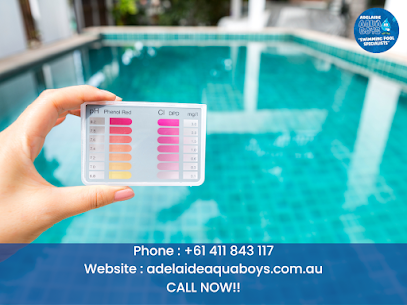
Maintaining a safe and clean swimming pool requires a basic understanding of pool chemicals and their role in water treatment. These chemicals keep your pool water clear, sanitary and free from harmful bacteria or algae. Whether you’re a new pool owner or looking to refine your pool maintenance routine, here’s everything you need to know about pool chemicals.
Why Are Pool Chemicals Important?
Pool chemicals serve multiple purposes:
1. Sanitation: They kill harmful microorganisms and bacteria that can cause illnesses.
2. Clarity: Chemicals prevent cloudiness and maintain sparkling, inviting water.
3. Algae Prevention: Proper chemical balance stops algae from forming.
4. Equipment Protection: Balanced water prevents damage to pool surfaces and equipment.
The Essential Pool Chemicals
Here are the key chemicals every pool owner should know about:
1. Chlorine
o Purpose: Chlorine is the most common sanitizer for killing bacteria and viruses.
o Types: Available in liquid, granular, and tablet forms.
o Usage: Maintain chlorine levels between 1-3 ppm (parts per million).
2. pH Adjusters
o Purpose: pH levels affect water comfort and chemical efficiency.
o Ideal Range: Keep pH levels between 7.2 and 7.8.
o Types:
▪ pH Increaser (Sodium Carbonate): Raises pH levels.
▪ pH Reducer (Muriatic Acid or Sodium Bisulphate): Lowers pH levels.
3. Alkalinity Increaser
o Purpose: Total alkalinity stabilises pH levels.
o Ideal Range: 80-120 ppm.
o Usage: Sodium bicarbonate is commonly used to raise alkalinity.
4. Calcium Hardness Increaser
o Purpose: Prevents water from becoming too corrosive or scaling.
o Ideal Range: 200-400 ppm.
5. Algaecides
o Purpose: Prevent and control algae growth.
o Usage: Use as a preventive measure or to treat existing algae issues.
6. Cyanuric Acid (Stabiliser)
o Purpose: Protects chlorine from being degraded by sunlight.
o Ideal Range: 30-50 ppm.
7. Shock Treatments
o Purpose: Shock treatments quickly eliminate contaminants and restore water clarity.
o Usage: Perform weekly or after heavy pool use.
How to Maintain Proper Chemical Balance
1. Test Your Water Regularly Use test kits or strips to check pH, chlorine, alkalinity and other chemical levels. Test at least twice a week or more frequently during heavy use or hot weather.
2. Add Chemicals Gradually Avoid over-treating your pool by adding chemicals in small amounts and re-testing before adding more.
3. Follow Manufacturer Guidelines Always read labels and follow instructions for safe and effective use.
4. Store Chemicals Safely Keep chemicals in a cool, dry and well-ventilated area, away from children and pets.
Common Pool Chemical Issues and Solutions
∙ Cloudy Water: Check and balance pH, chlorine and alkalinity levels. Use a clarifier if needed.
∙ Algae Growth: Shock the pool and use an algaecide.
∙ Irritated Eyes or Skin: Adjust pH and chlorine levels to fall within the ideal range.
Conclusion
Understanding pool chemicals is essential for maintaining a healthy and enjoyable swimming environment. With proper knowledge and regular maintenance, you can keep your pool water crystal clear and safe for everyone. If you’re ever unsure about chemical usage, consulting a professional can help ensure your pool remains in optimal condition.


